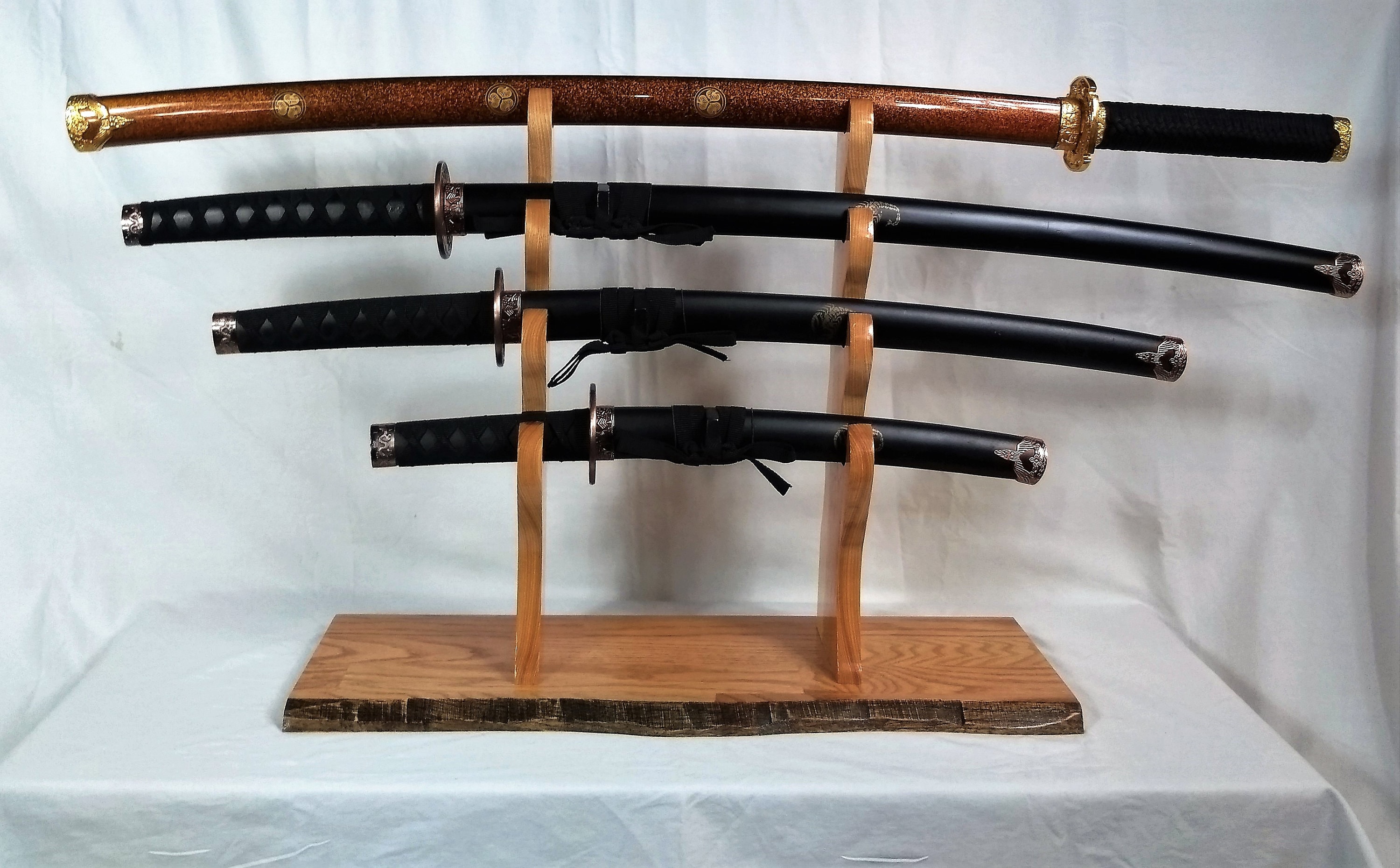Japanese swords, renowned for their exquisite craftsmanship and rich cultural symbolism, hold a profound significance in the history and heritage of Japan. These blades, commonly known as katana, wakizashi, and tanto, are not merely weapons; they are revered as symbols of honor, discipline, and artistic prowess. The tradition of swordsmithing in Japan dates back to the Heian period 794-1185, and it has evolved into a highly esteemed craft that goes beyond functionality, incorporating spiritual and aesthetic elements. The katana, perhaps the most iconic Japanese sword, is characterized by its distinctive curved blade, single-edged design, and long grip, allowing for both precise strikes and graceful movements. It is often associated with the samurai, the noble warrior class that played a pivotal role in Japanese history. The creation of a katana is a meticulous process that involves the integration of various materials, such as tamahagane special steel, into a blade that is carefully forged, heat-treated, and polished.

Beyond its physical attributes, the japanese sword embodies the principles of Bushido, the way of the warrior. Bushido emphasizes virtues such as loyalty, honor, and self-discipline, and the sword serves as a tangible representation of these ideals. Samurai warriors considered their swords as extensions of their own souls, forging a deep spiritual connection between the wielder and the weapon. The act of drawing and sheathing the sword, known as Iaido, became a ritualistic practice that symbolized readiness and mindfulness. The concept of tameshigiri, or test cutting, further highlighted the sword’s functionality and the warrior’s proficiency with it. The cultural significance of Japanese swords extends beyond the realm of warfare and martial arts. Swords were often passed down through generations as family heirlooms, linking the past with the present. Many blades were adorned with intricate designs and inscriptions, reflecting the artistic sensibilities of their creators.
The careful balance between form and function is evident in the harmonious marriage of the sword’s aesthetic beauty and deadly effectiveness. In contemporary Japan, the reverence for swords persists, albeit in a different context. While modern society no longer relies on swords as weapons, the traditional art of swordsmithing continues to thrive, with master craftsmen preserving and innovating upon centuries-old techniques. Japanese swords are now cherished as cultural artifacts, displayed in museums and private collections, serving as a tangible connection to Japan’s storied past. In conclusion, Japanese swords are more than tools of war; they are embodiments of culture, history, and the timeless values of honor and discipline. The craftsmanship and symbolism associated with these blades continue to captivate admirers worldwide, transcending their original martial purpose to become enduring symbols of Japan’s cultural heritage. The result is not only a lethal weapon but a work of art, showcasing the skill and dedication of the swordsmith.